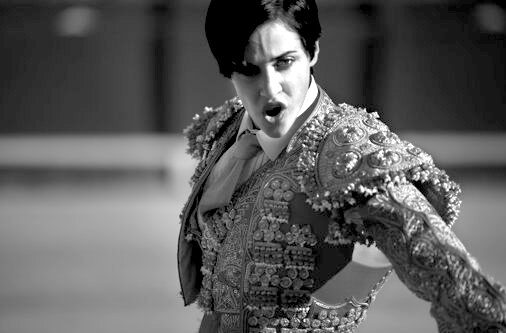This week we dwelled in the concepts of the Gothic (architectural, Medieval, literary) and Bromance as two key filmic narratives of transnational fascist, masculinist tales. We explored how these two concepts shape an interplay of fascism and religiosity in post-Franco Spain. For this blogspot, consider these three question: One, how does a critique of the… Continue reading Unit 10. Gothic, Bromance, and Other Transnational Fascist Love Stories
Month: March 2022
Unit 9. Global (Out)Bursts. Religious Institutions, Melodrama, and the Release of Democracy
The 80s marked an era of rupture with the forty years of fascism and the nostalgic embracement of Church-State imperial politics, and a subversion of the highly documented National that underscored the slow release of democracy–a state still not fully achieved in the Peninsula. This week we discussed the contribution of religious institutions, gender unalignment,… Continue reading Unit 9. Global (Out)Bursts. Religious Institutions, Melodrama, and the Release of Democracy
Unit 8. Exceptionalism and Violence
Last week we discussed various correspondences between the concepts of Transition (la transición) and disenchantment (desengaño), and how they related to the (apparent) end of Spanish exceptionalism and the emergence of a new kind of violence in 20th-century Spain. In an effort to learn about the roles these concepts played in the unfolding of… Continue reading Unit 8. Exceptionalism and Violence
Unit 7. Transition and Disenchantment
The death of the Generalísimo on 20 October, 1975 marked the (in principle) end of fascism and the state of exception in Spain, as well as the beginning of new sociocultural waves such as ‘the Madrid Scene’ (la movida madrileña), ‘the Transition’ (la transición), the period of disenchantment (desengaño, already experienced in Spain during the… Continue reading Unit 7. Transition and Disenchantment
Unit 6. Death and Liberalism Within Fascism
Franco’s fascist dictatorship has been characterized as a singular, exceptional kind of regime, especially when compared to that of Hitler in Germany and Mussolini in Italy. During this first week of March we explored the nexus of death, humor, and liberalism in the crucial years of Franco’s fascist regime, and we sought to learn the… Continue reading Unit 6. Death and Liberalism Within Fascism
